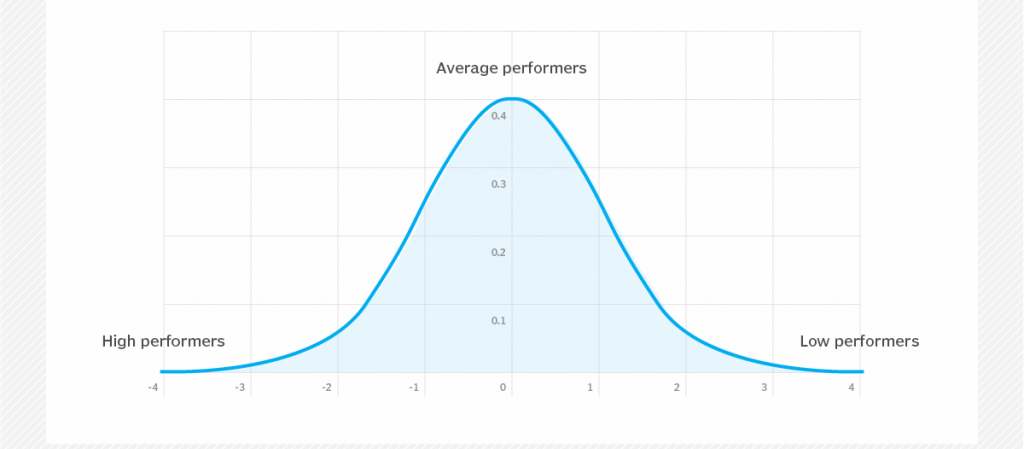Why Ranking Employees Is a Strategic Misstep

The Folly of Forced Rankings: Why Stacking Employees Is a Strategic Misstep
In the pursuit of performance, many organizations still cling to a seductive but deeply flawed idea: employee ranking. Whether dressed up as “stack ranking,” “vitality curves,” or “top-grading,” the premise is the same: force-fit individuals into a hierarchy of performance, often with quotas for top, middle, and bottom tiers.
It sounds rigorous.
It feels decisive.
But it’s neither smart nor strategic.
Let’s be clear: employee ranking is not just arbitrary, it’s counterproductive.
Here’s why.
The Illusion of Precision
Ranking systems assume a level of measurement accuracy that simply doesn’t exist.
Human performance is complex, context-dependent, and often collaborative. Reducing it to a linear scale or, even worse, using something resembling a ‘bell curve’, ignores the nuances of role expectations, team dynamics, and evolving business needs.
Worse, it implies that performance is a fixed trait rather than a function of culture supported by leadership, facilitation, and opportunity.
Even the basis for ranking is spurious, anchored in subjective manager assessments, inconsistent metrics, or political jockeying, and it was never a tool for insight, more a mechanism for bias.
Motivation by Fear? That’s Not Motivation
Proponents argue that ranking drives effort and accountability.
In reality, it drives anxiety, internal competition, and risk aversion.
When employees know they’re being compared to each other rather than evaluated on their own growth, collaboration suffers. Knowledge hoarding increases. Psychological safety erodes.
The result? A culture where people play it safe, avoid stretch assignments, and focus on optics over outcomes. That’s not high performance. That’s survival mode.
Productivity Takes a Hit
Ironically, ranking systems often suppress the very productivity they aim to boost. Time and energy are diverted from meaningful work to managing perceptions. Managers spend more time justifying ratings than developing talent. And when “low performers” are routinely culled, organizations lose institutional knowledge, diversity of thought, and the chance to coach potential into excellence.
The long-term cost? Attrition of your best people, not because they were ranked low, but because they’re tired of being treated like chess pieces in a zero-sum game.
There’s a Better Way
High-performing organizations don’t rank; they calibrate. They invest in clarity of expectations, continuous feedback, and developmental conversations. They recognize that performance is not a horse race but a system outcome. And they understand that trust, not fear, is the foundation of sustained excellence.
If we want to build cultures that thrive, we must abandon the illusion that ranking is rigorous.
It’s not.
It’s lazy leadership masquerading as meritocracy.
Let’s stop stacking people. Let’s start growing them.
